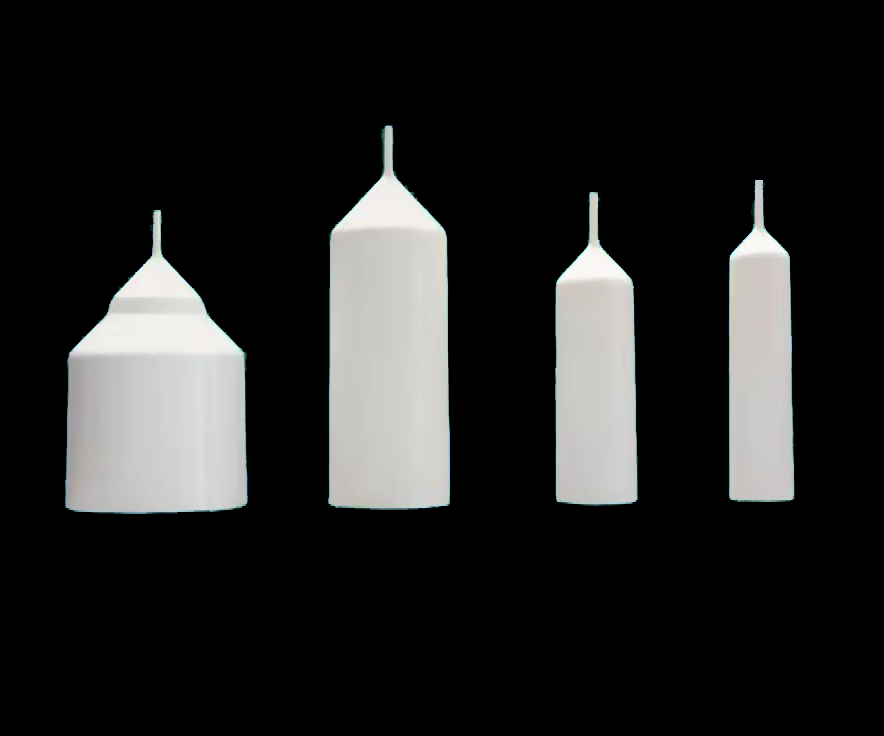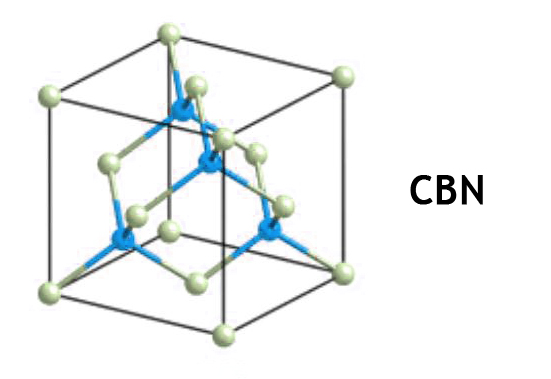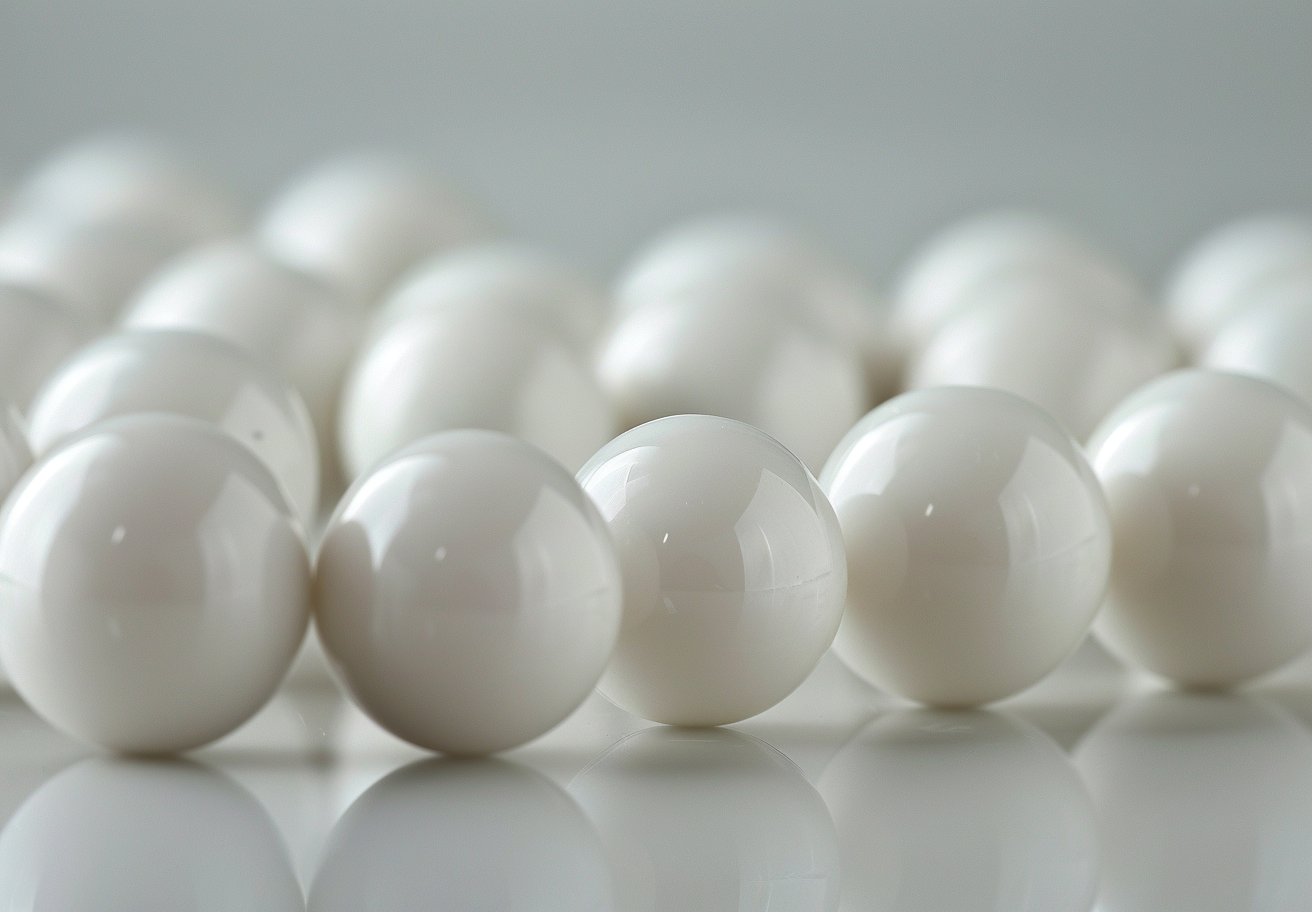High-Performance Ceramic Materials and Their Properties
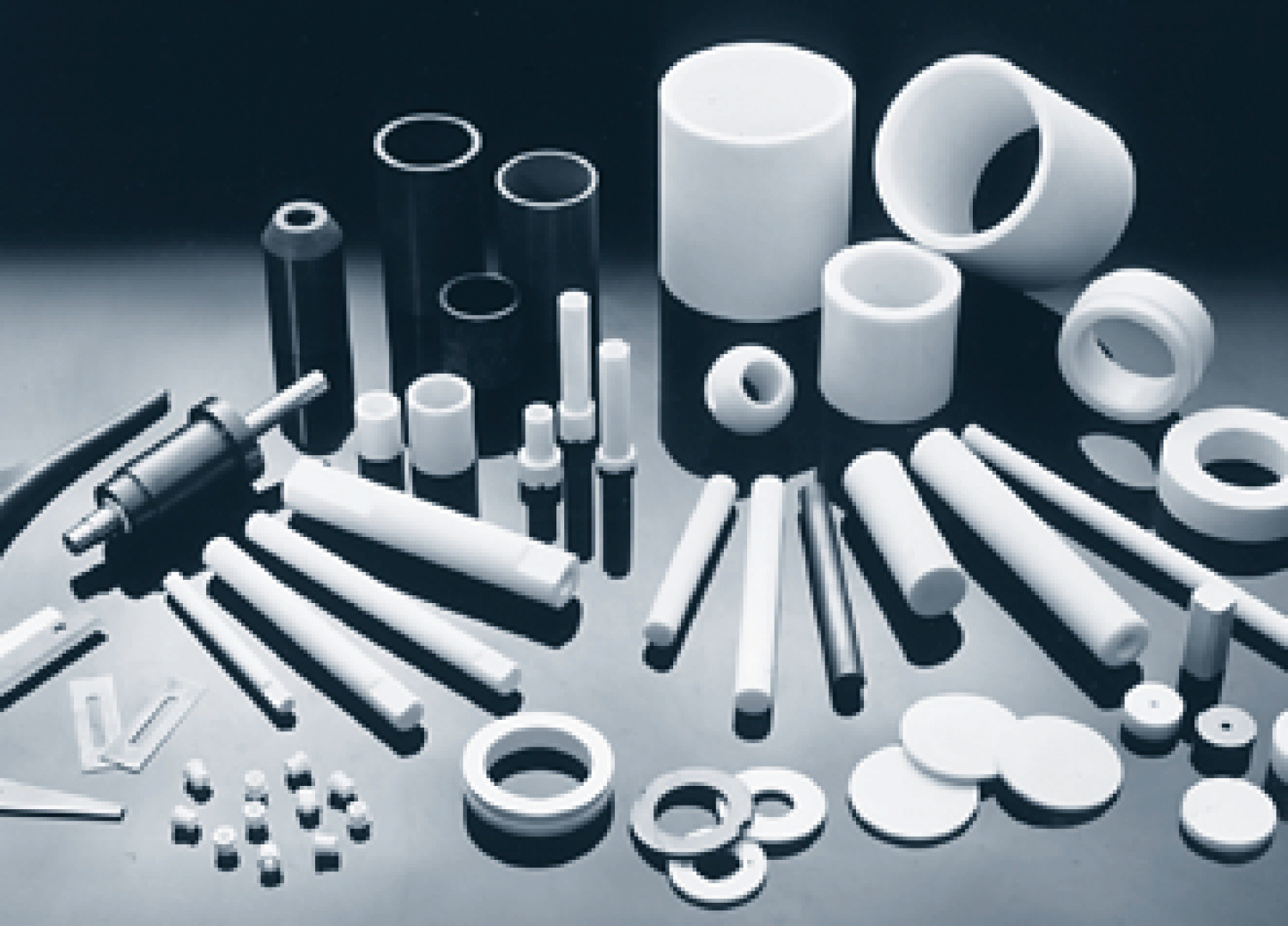
Ceramic materials are, now more than ever, in more demand. And as the demand for ceramics increase, the desired properties and choice of materials continue to change or improve. Advanced ceramic materials like alumina, zirconia, silicon carbide, aluminum nitride, silicon nitride possess specific properties that make them offer higher performance and more economic value compared to conventional alternatives like glass, metals, and plastics. When selecting ceramics for any application, some properties are desired more than others. The same consideration is often true for types of materials. To adequately address the specific needs of unique applications, more and newer materials are constantly being developed and adapted to these applications. This post will look at some of the essential properties and most preferred materials used in advanced ceramic applications and why they often make the top of the list.
Ceramic Materials
Manufacturers usually prefer some ceramic materials over others because of their mechanical, electrical, thermal, chemical properties. Here are some of these materials:
Alumina
Alumina is a versatile material that is suitable for a variety of applications, specifically because of its mechanical and electrical properties. Alumina finds application in:
- X-ray tubes
- Electron tubes
- Laser devices
- Aerospace devices
- High-vacuum applications
- Flowmeters, and
- pressure sensors
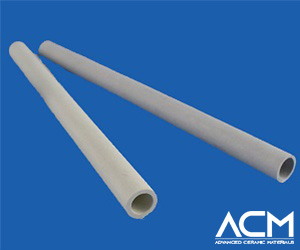
Some of its outstanding properties include:
- Excellent stiffness and strength
- Good resistance to wear, and
- High hardness
You can get alumina in many grades ranging from 60-99.9% with additives designed to enhance essential properties like wear resistance and dielectric strength. Alumina can be formed following many ceramic processing methods, and it can be processed further to yield material of different shapes and sizes. In addition to its attractive properties, alumina can be joined to other ceramic materials or metals to produce other high-performing ceramics. This process utilizes specialized metalizing and brazing techniques.
Aluminum Nitride (AlN)
Aluminum nitride has a combination of interesting properties that make it one of the most preferred ceramics in engineering. Some of the attractive features of aluminum nitride include:
- Excellent thermal conductivity
- Excellent thermal shock resistance, and
- Very good resistance to corrosion resistance.
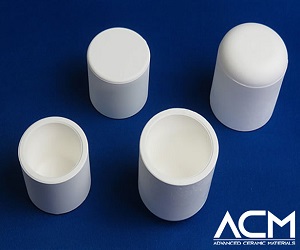
These properties make aluminum nitride (AlN) very useful in a variety of top applications, such as:
- Power Electronics
- Aerospace/aeronautical systems
- Railways
- Opto-electronics
- Semiconductor processing
- Microwave application, and
- Military systems
Other typical applications of AlN include heaters, IC packages, and heat sinks.
Zirconia
Zirconia has a combination of some fine properties that make it suitable for application in many systems. For instance, it has strong chemical resistance at a very high temperature of about 2400°C. This is far above the melting point of alumina. The corrosion resistance of zirconia is another desirable property that makes it even more helpful.
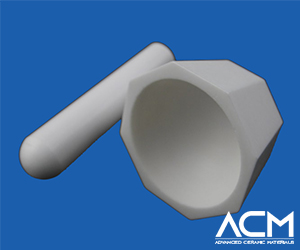
Here are some observed properties of zirconia:
- Magnesia-Partially-Stabilized Zirconia (Mg-PSZ) is suited to engineering or structural applications
- Specially processed zirconia is used for applications involving high mechanical strength
- Its corrosion resistance and hardness make it useful in special applications
Fully Stabilized Zirconia (FSZ) grades for crucibles, nozzles, and materials for more advanced applications can now be manufactured because of the high-temperature capability of zirconia products.
Silicon Nitride
Silicon nitride is another example of high-performance ceramics used in many applications today. Some of its properties include:
- High-temperature strength
- Creep and oxidation resistance
- Low thermal expansion coefficient
- Excellent fracture toughness
- Very hard
- Impressive chemical and wear resistance
![]()
Silicon nitride’s low thermal expansion coefficient provides good thermal shock resistance, making it a preferred choice among many other materials. It is usually available in three different variants:
- Reaction-bonded silicon nitride (RBSN)
- Hot-pressed silicon nitride (HPSN), and
- Sintered silicon nitride (SSN)
Silicon nitride is typically used in:
- Bearing ball and roller elements
- Cutting tools, valves, and turbocharger rotors for engines
- Non-ferrous molten metal handling
- Thermocouple sheaths
- Welding jigs and fixtures and welding nozzles
Properties and Processes
There are a few properties that people look out for when choosing ceramics to work with. Here are some other considerations that are typically factored into ceramic manufacturing processes:
The shape of the components
The next most important consideration is the shape of the material selected. Some shapes can cause weakness in the component, while others, such as simple shoes, can provide the best results.
Metalizing/brazing
For some applications, we may need to join a ceramic to metal. In such situations, brazing is usually used. Different kinds of metals can be added to ceramic materials by using this technique. Although brazing happens to be used more, other metalizing methods include mechanical fasteners, friction welding, and adhesive bonding. This is because brazing is the most widely used and effective method for creating leak-tight, robust joints between ceramic and metals.
Co-fired Assemblies
For specific applications, metal feedthrough can be produced. Flow meters can be introduced by placing a wire in the ceramic in the pre-sintered or green stage. The ceramic shrinks during the sintering process, compressing the metal and forming a gas-tight seal.
Coating and glazing
The parts of a finished product can be coated or glazed to make it better. This allows for the roughness in the product to be smoothed out. This is especially necessary when the grain size of the finished product is significant. This rough finish can lead to the formation of cavities after the grinding—coating, and glazing help achieve an excellent surface finish.
Wrapping Up
Just as we already highlighted above, several factors influence the choice of material from which ceramic components are manufactured. In general, you want to focus on the application and the performance requirements based on the physical and chemical properties discussed above.
{{item.content}}
LEVE A REPLY
{{item.children[0].content}}
{{item.content}}





